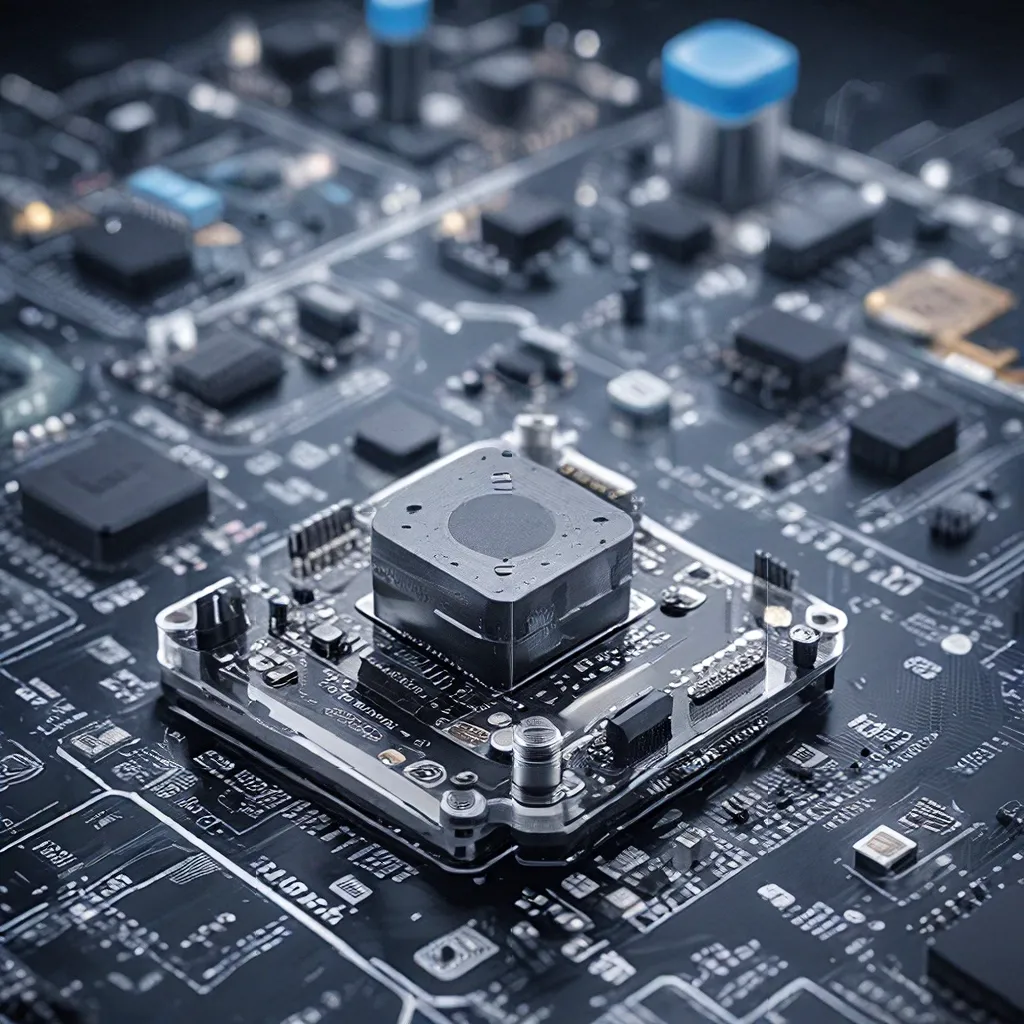
Advancing Sensor Network Capabilities for the IoT Era
As the world becomes increasingly interconnected, the role of sensor networks in powering the Internet of Things (IoT) has become paramount. Sensor networks are the backbone of IoT, enabling the collection, transmission, and analysis of vast amounts of data from diverse environments and applications. From smart cities and industrial automation to healthcare and environmental monitoring, the demand for reliable, responsive, and resilient sensor technologies continues to grow.
In this article, we will explore the latest advancements in sensor design that are enhancing the capabilities of IoT systems. We’ll delve into the key considerations for sensor network architecture, security, and energy management, equipping you with the insights to navigate the evolving landscape of sensor-driven IoT solutions.
Sensor Design Innovations: Enhancing Reliability
One of the core challenges in sensor network design is ensuring reliability. Sensors must operate consistently and accurately, even in the face of harsh environmental conditions, power fluctuations, or unexpected events. Fortunately, recent innovations in sensor technologies are addressing these concerns head-on.
Advancements in materials science have led to the development of robust and durable sensor components that can withstand extreme temperatures, moisture, vibrations, and other environmental stressors. These innovations include the use of specialized coatings, impact-resistant housings, and self-healing mechanisms that enable sensors to maintain their integrity and performance over extended periods of time.
Furthermore, the incorporation of redundancy and fault-tolerance into sensor network designs has significantly improved reliability. Distributed sensor architectures, where multiple sensors are deployed to monitor the same parameter, provide a safeguard against single points of failure. Additionally, advanced data fusion algorithms can analyze sensor data from multiple sources to identify and compensate for any anomalies or inaccuracies, enhancing the overall reliability of the system.
Enhancing Responsiveness through Sensor Innovations
In the dynamic world of IoT, sensor networks must not only be reliable but also responsive to rapidly changing conditions and events. Innovative sensor designs are addressing this need by incorporating real-time processing capabilities, low-latency communication protocols, and predictive analytics.
Integrated edge computing solutions, where sensor nodes are equipped with powerful microprocessors and machine learning algorithms, enable on-site data analysis and rapid decision-making. This decentralized intelligence reduces the need for constant data transmission to remote servers, minimizing latency and improving overall responsiveness.
Furthermore, the development of wireless sensor network (WSN) technologies, such as low-power wide-area networks (LPWAN), has revolutionized the way sensor data is transmitted. These advancements in communication protocols enable faster, more efficient data exchange, allowing sensor networks to react in near real-time to changing conditions.
Building Resilient Sensor Networks
As sensor networks become increasingly critical to the functioning of IoT systems, the need for resilience has become paramount. Resilient sensor networks must be able to withstand disruptions, adapt to changing environments, and maintain their integrity even in the face of unexpected events.
Cybersecurity is a vital aspect of sensor network resilience. Innovative sensor designs incorporate advanced encryption, authentication mechanisms, and intrusion detection capabilities to protect against malicious actors and ensure the confidentiality, integrity, and availability of sensor data.
Furthermore, energy-efficient sensor designs and adaptive power management strategies are crucial for building resilient IoT systems. By minimizing power consumption and optimizing energy harvesting, sensor networks can maintain continuous operation, even in the event of grid failures or battery depletion.
The Future of Sensor-Driven IoT Solutions
As the IoT landscape continues to evolve, the role of sensor networks will become increasingly crucial. The advancements in sensor design, discussed in this article, are paving the way for a future where IoT systems are reliable, responsive, and resilient, capable of powering a wide range of applications from smart cities and industrial automation to healthcare and environmental monitoring.
By staying informed about the latest innovations in sensor network technologies, organizations can make strategic investments and leverage the power of IoT to drive innovation, improve efficiency, and create a more connected, sustainable world.
We encourage you to explore the resources and links provided throughout this article to deepen your understanding of the exciting developments in the field of sensor networks and IoT. Remember, the sensor-networks.org website is a valuable resource for staying up-to-date with the latest trends, case studies, and industry insights related to this rapidly evolving domain.